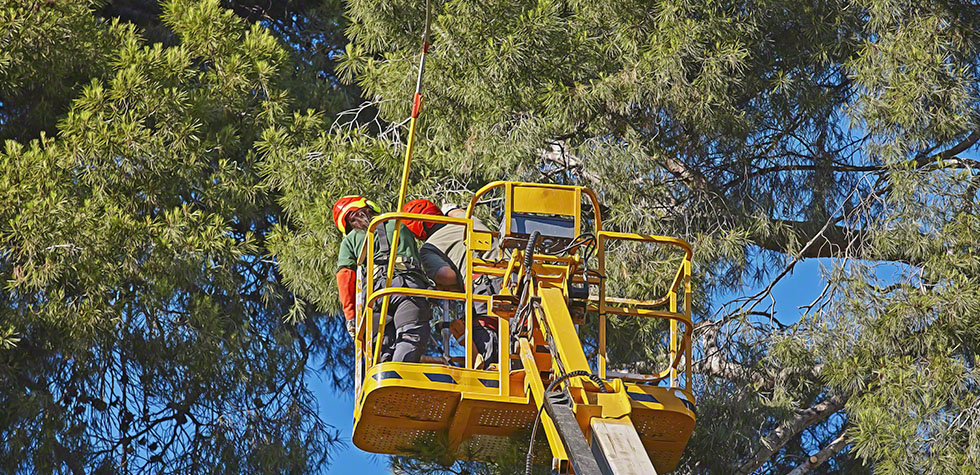All about overhead ranes

A number of operations that involve metal fabricating involve the use of overhead cranes. However, a big number of companies do not use them simply because they are unaware of their exact capabilities. So, whenever they get a crane for rent, they end up choosing the wrong crane due to a lack of knowledge. In […]